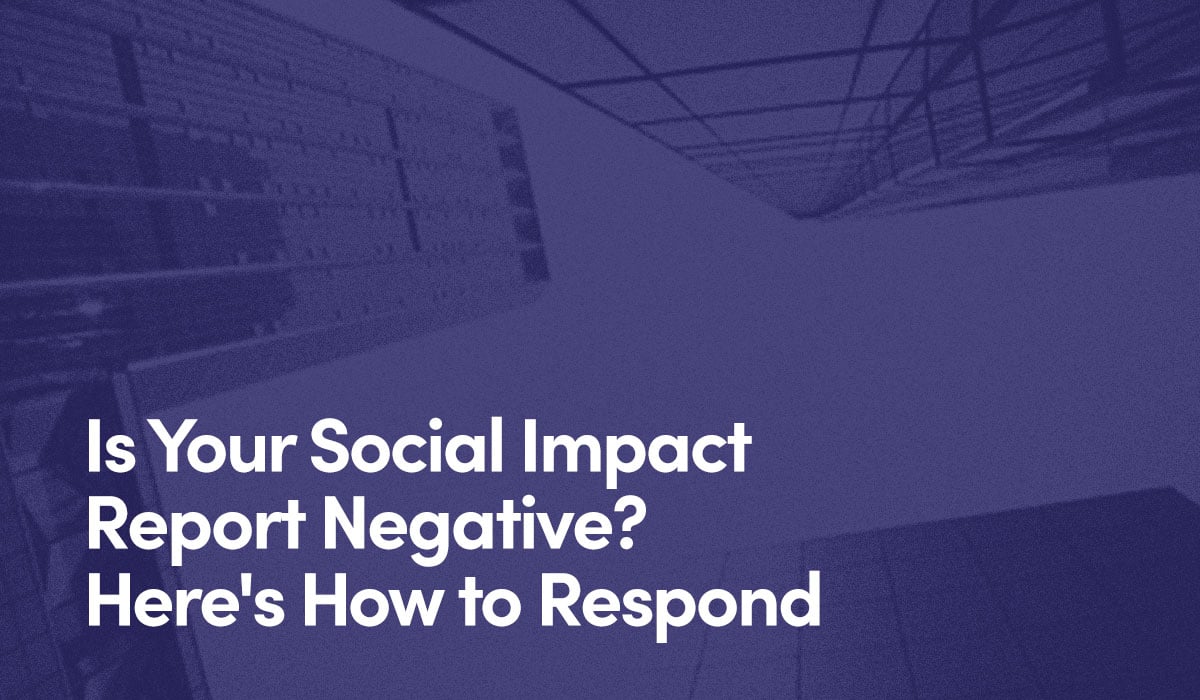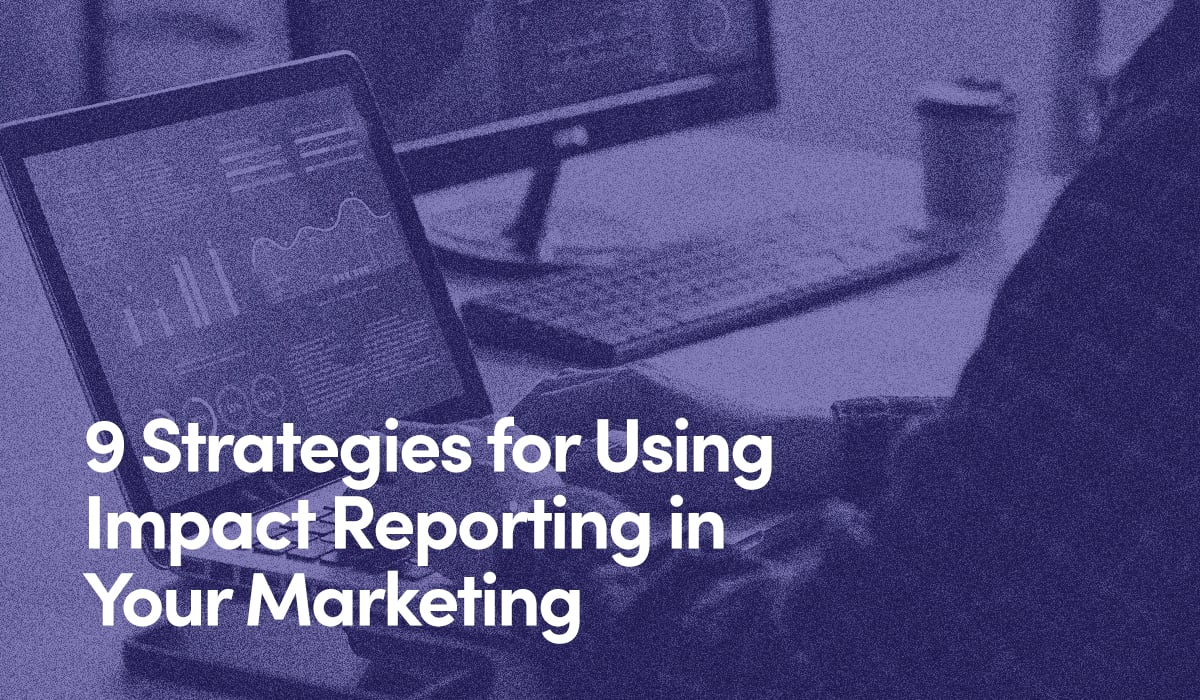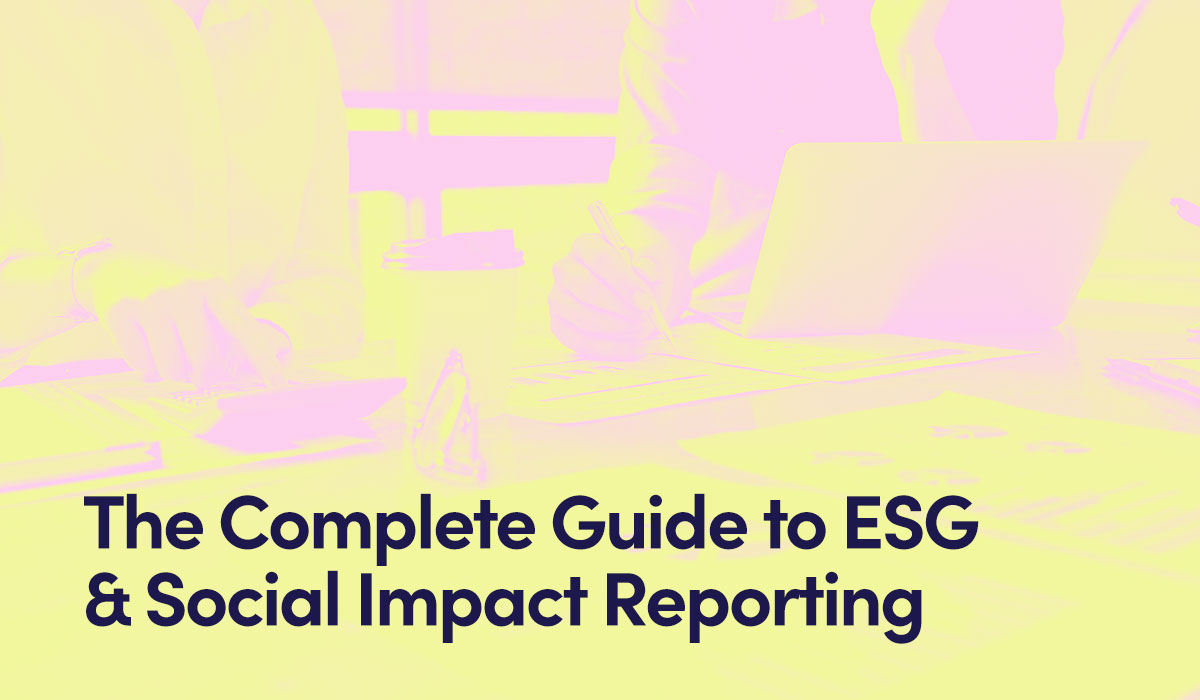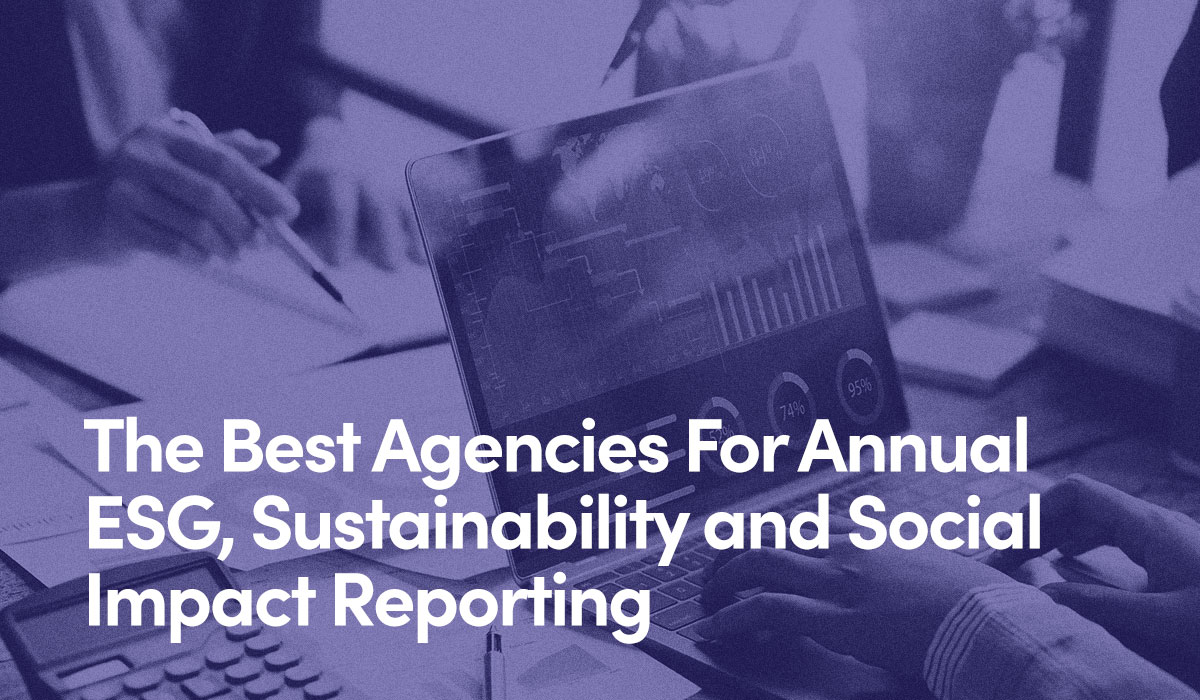Corporate social responsibility (CSR) and sustainability have become essential components of doing business in today's world. Companies are increasingly expected to contribute positively to society and the environment, and stakeholders are demanding greater transparency and accountability.
There is a potential cost to not being proactive about reporting your negative impacts or failing to address previously documented areas of concern: Your company stands to lose out on more ethically minded consumers and investors wanting to avoid risks.
Social impact reports are a crucial tool for assessing your company's impact on society and the environment. A negative social impact report can have significant consequences for your company's reputation, legal compliance, and long-term sustainability.
That is not to suggest you eliminate such disclosures from your business practices—in fact, the opposite is the case. Social impact reports are an incredibly effective way of differentiating your company from competitors.
In the wake of a negative social impact report, how you respond is of upmost importance. You don't want to dismiss the report out of hand, nor do you want to do away with your impact-related goals. In this post, we'll walk you through an effective and transparent response and offer seven steps to help turn a negative report into an opportunity to improve.
What Does a Negative Social Impact Report Look Like?
To a certain degree, what’s considered a “negative” social impact report is subjective and depends largely on which areas your organization underperformed and how much you prioritize or weight specific strategic goals.
For instance, you may have missed your goal of reducing carbon emissions by 25% while simultaneously hitting your milestone of assembling a fully remote team, which is one way of minimizing the ecological impact that comes from employee commutes. Since both relate to environmental impact, you have to decide which goal takes precedence.
You can either take pride in establishing a remote workforce—which could produce other positive impacts by creating greater employee flexibility—or lament your inability to reduce your company-wide emissions.
Ultimately, the determination of whether a social impact report is perceived as a negative or positive depends on the criteria or standards being used to assess the impacts. The goal of any purpose-driven organization is to continue to make progress toward its larger goals. Not accomplishing certain objectives in a given year does not mean you've failed in any way, but it does serve as an important reminder to try and do better.
Generally, a social impact report should provide a balanced assessment of your organization and the methodology and criteria used to measure them. Including the perspectives of different stakeholders and engaging them in the process of assessing social impacts ensures that different voices are heard and varied interests are taken into account.
You might also consider employing an ESG (environmental, social, governance) score. While social impact scoring has some subjectivity, it tends to provide a slightly more standardized measure of your organization’s impact. For reference, a score lower than 50 is considered poor, while 70 or higher is deemed excellent.
Turn a Negative Social Impact Report Into an Opportunity To Improve
Having a negative assessment in a particular area doesn’t doom your entire report or undermine everything you’ve tried to accomplish. That you’re owning up to poor metrics indicates a desire to be transparent and reflect on what went wrong. Remember, social impact reports are not just a way to enhance your brand for stakeholders, investors, and consumers, but to identify opportunities for growth or improvement.
Let’s use an example: Suppose your social impact report indicates your team is severely lacking across demographic diversity goals. Rather than bemoan the report, highlight the deficiency as a way to focus on what your company can do to improve. In this way, a social impact report becomes a helpful tool for recentering business strategy and galvanizing managers and leadership toward positive change.
There is always a great deal of value in being transparent and acknowledging to employees and stakeholders that your company wasn’t able to progress as far as it wanted to in a particular area. Help them understand why you missed the mark. Take the findings seriously and address the issues identified. Avoid the temptation to conceal shortcomings or downplay where you fell short.
7 Steps Your Company Can Take in the Wake of Disappointing Metrics
From taking responsibility for your actions and engaging stakeholders, to developing an action plan, and evaluating your progress, there are actions you can take to help you reach your impact-related goals in the future. Here are seven such steps:
- Acknowledge and take responsibility for negative impacts: It is essential to recognize that your company has a responsibility to address the negative impacts it has created. Admission of shortcomings is the first step.
- Review methodology and criteria used in your report: Understand how the report was prepared, the methodology used to collect data, and the criteria used to assess the impacts. It will help identify areas where the company's performance fell short, and what you can do to improve.
- Engage stakeholders: Reach out to stakeholders affected by the negative impacts and work to understand their perspectives. Listen to their concerns and work to address them. You’d be surprised how many will return your transparency and earnestness with grace.
- Develop an action plan: Establish a plan of action to address the negative impacts identified in the report. The plan should be measurable, time-bound, and designed to mitigate or eliminate the negative impacts. Again, consider this a temporary assessment on the way to long-term sustainability.
- Implement the action plan: Act on the plan, ensuring that all necessary resources are allocated and that progress is tracked regularly. All you can do is keep moving forward and learn from your missteps.
- Communicate transparently: Keep stakeholders informed of progress toward addressing negative impacts. This truly helps to restore trust and confidence in your company. It’s another opportunity for you to embody an important value in social impact reporting.
- Monitor and evaluate progress: Continuously monitor and evaluate your company's progress in addressing the negative impacts. If progress continues to fall short at intervals during the year, revisit the action plan and adjust as necessary.
Not a Final Judgment
By taking these steps, a company can demonstrate a commitment to responsible business practices and mitigate any negative impacts it may have on society and the environment.
You may have underperformed, but remember: a social impact report is an assessment, not a final judgment. This is your opportunity to identify areas of growth and get after them.
At Hypha HubSpot Development we help businesses with non-financial reporting, from first considerations to publication and beyond. Learn more about our non-financial social reporting services and how we can help.




